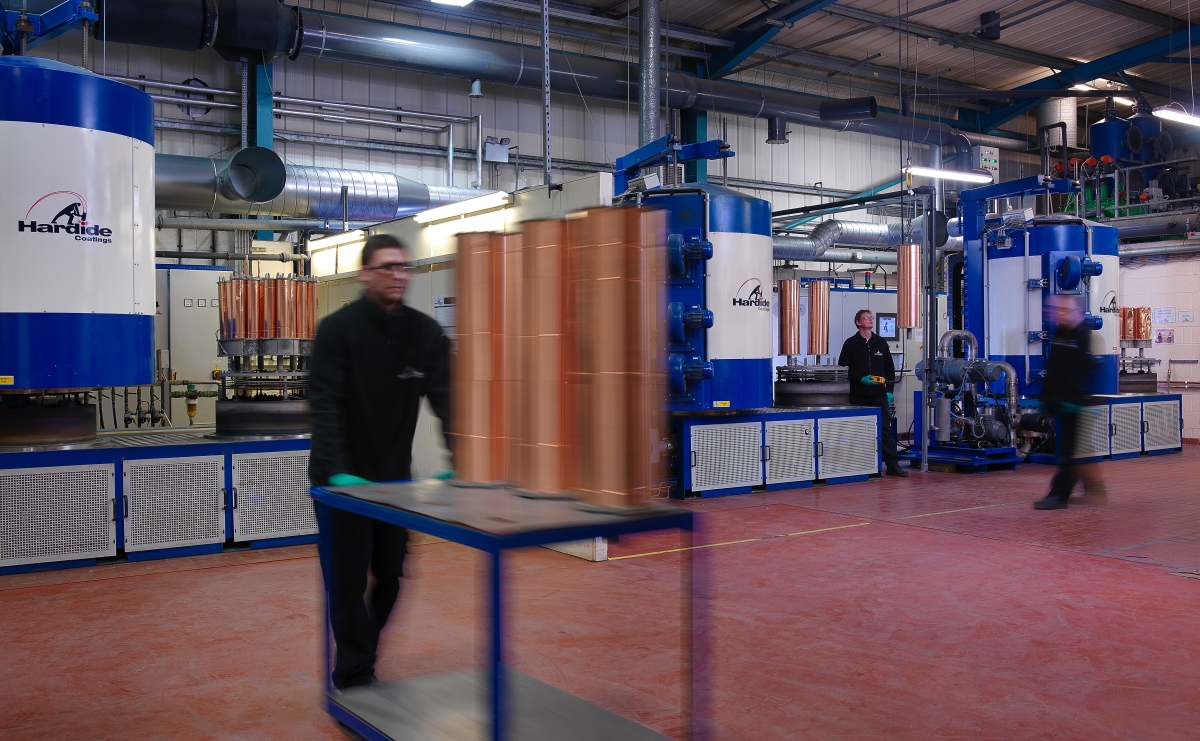
According to hardmetal specialist Hardide, tests have shown that its nanostructured chemical vapor deposition (CVD) coating can extend the life of steam turbine blades through improved resistance to water droplet erosion (WDE) and solid particle erosion.
The tests, carried out by the National Physical Laboratory (NPL) and the University of Manchester, assessed the effectiveness of the Hardide coating as protection from WDE and cracking on FV520B last stage turbine blades.
After 90 hours of exposure to WDE (up to 1.2x108 water droplet impacts) Hardide-A coated 410 stainless steel samples showed almost no discernible damage in the central zone, the company said. The uncoated 410 stainless steel samples suffered major damage with a 200 microns deep scar across the sample face after a much shorter exposure of just 7 hours.
Tests commissioned by Hardide Coatings’ customer EDF Energy at the University of Manchester examined the static behaviour solid particle erosion resistance of the Hardide coating on FV520B steam turbine blade material. These yielded 0.18% weight loss for uncoated material compared to 0.04% weight loss for coated blades after 30 hours of static testing. The coating was shown to have a minimal effect on the blade’s natural frequencies, but this effect is dependent on the coating thickness and blade design, Hardide says.
‘Water droplet erosion damages the surface of steam and gas turbine blades, increasing turbine rotation drag and reducing efficiency,’ said Hardide Coatings’ technical director, Dr Yuri Zhuk. ‘These tests have proven that the Hardide coating can protect the leading and trailing edges of the blades.’
This story is adapted from material from Hardide, with editorial changes made by Materials Today. The views expressed in this article do not necessarily represent those of Elsevier.





